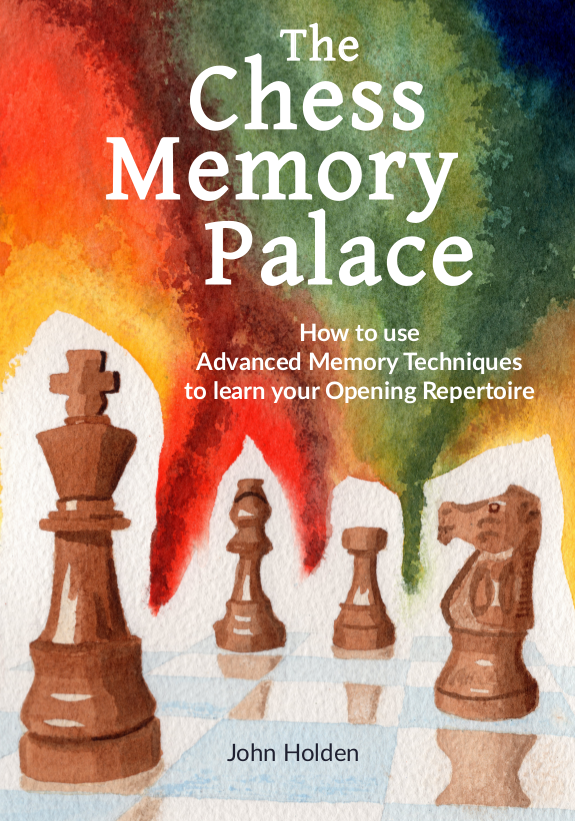Chapter 6 - Bonus, Memorising Endgames
 You are reading an online version of The Chess Memory Palace by John Holden.
Copyright © 2022 John Holden, all rights reserved.
Click here to return to the online contents page.
For the best reading experience, you can buy
the paperback or
the ebook.
Subscribe to
@ChessMemoryPalace on YouTube
for video tutorials.
You are reading an online version of The Chess Memory Palace by John Holden.
Copyright © 2022 John Holden, all rights reserved.
Click here to return to the online contents page.
For the best reading experience, you can buy
the paperback or
the ebook.
Subscribe to
@ChessMemoryPalace on YouTube
for video tutorials.
Amazon links are affiliate links — this gives me a little bit more for each sale, at no cost to you. I earn from qualifying purchases.
There are few things more tragic than playing a strong opening, a brilliant middlegame attack, and then having the win evaporate with one wrong move in the endgame.
GM Garry Kasparov
I have called this chapter a “bonus" because I see the main use of The Chess Memory Palace method to be memorising openings. If you learn your opening repertoire in memory palaces, you can expect to use them every game, whereas theoretical endgames are quite rare. Endgame memory palaces are also trickier to use: you need to navigate to the starting position by yourself, many of them are a complex shape, and sometimes you need to “relabel the coordinates” on the board to deal with reflections.
On the other hand, with correct use of an endgame memory palace, you can be assured of playing these endgames perfectly. And endgame memory palaces do have one advantage over opening memory palaces: with an opening, it is not enough to learn the moves, you also need to study typical plans for where the game will go next (see Chapter 7) – but with an endgame, you can build a memory palace without understanding the moves. It will take you to victory, whether you are a grandmaster or a beginner! So, if you are a true devotee of The Chess Memory Palace method, read on.
In the first half of this chapter, we adapt picture notation for endgames, and see how to deal with reflections. In the second half, I present six tree diagrams, ready for you to memorise. Some of these use advanced techniques which I will introduce as they arise.
This chapter is not available online. It can be read on a paper copy or the ebook.
The rest of Chapter 6 covers:
- Candidate pieces revisited
- Specified piece moves
- Ladders revisited
- Horizontal reflections
- Vertical reflections
- Diagonal reflections
- Reversed colours
- Example endgame tree diagrams
- Queen v Rook: Philidor position
- Knight and a-pawn v Bishop
- Queen v Rook and a-pawn
- Rook and a-pawn v Rook
- Bishop and Knight checkmate
- Rook and Bishop v Rook: Lolli and Philidor positions
 Watch on YouTube
Watch on YouTube